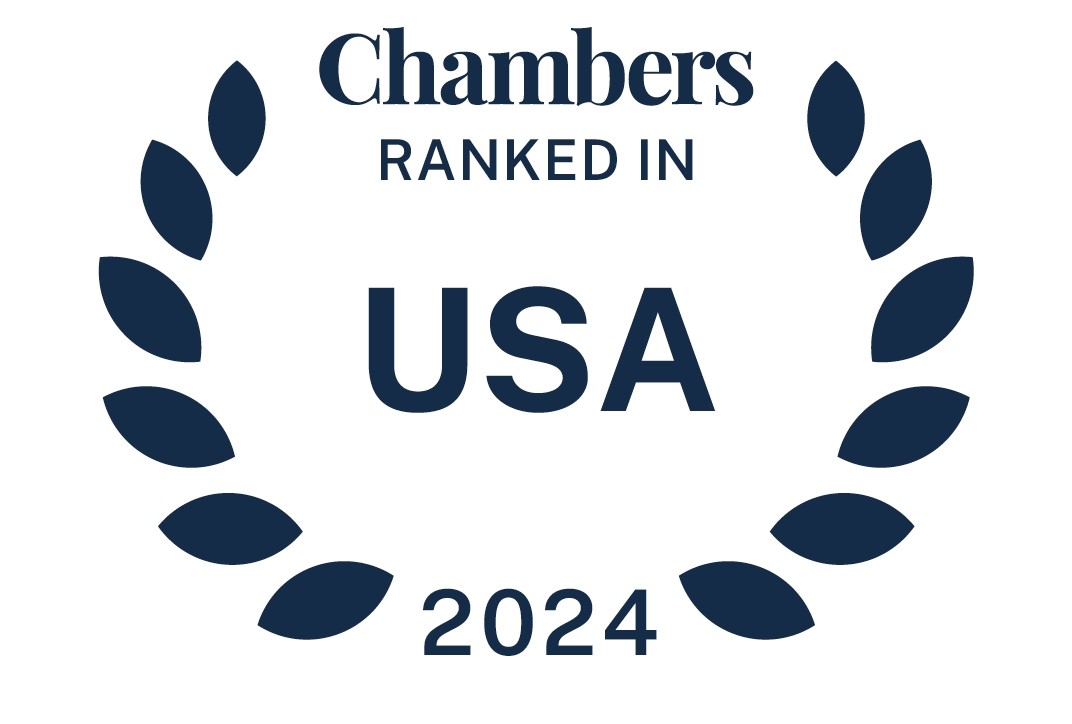Large fines have recently been imposed against public companies due to using confidentiality provisions that violate whistleblower provisions under federal securities law. Many standard confidentiality clauses in employment agreements, severance agreements, release agreements, non-compete agreements and other employment related agreements will violate these whistleblower provisions. Recently, the Office of Compliance Inspections and Examinations at the US Securities and Exchange Commission announced that it is actively reviewing these agreements to determine if there are possible securities law violations.
This webinar will address the whistleblower provisions relevant to employment related agreements, the recent SEC enforcement actions, the compliance issues raised by typical confidentiality clauses and actions for employers to consider for existing and future employment related agreements.
On-demand presentation link available here.
MP4 downloadable link available here.
read more


 Subscribe
Subscribe




